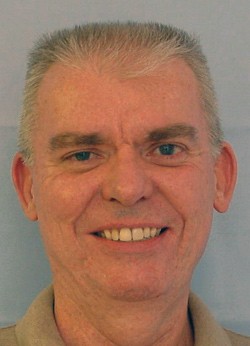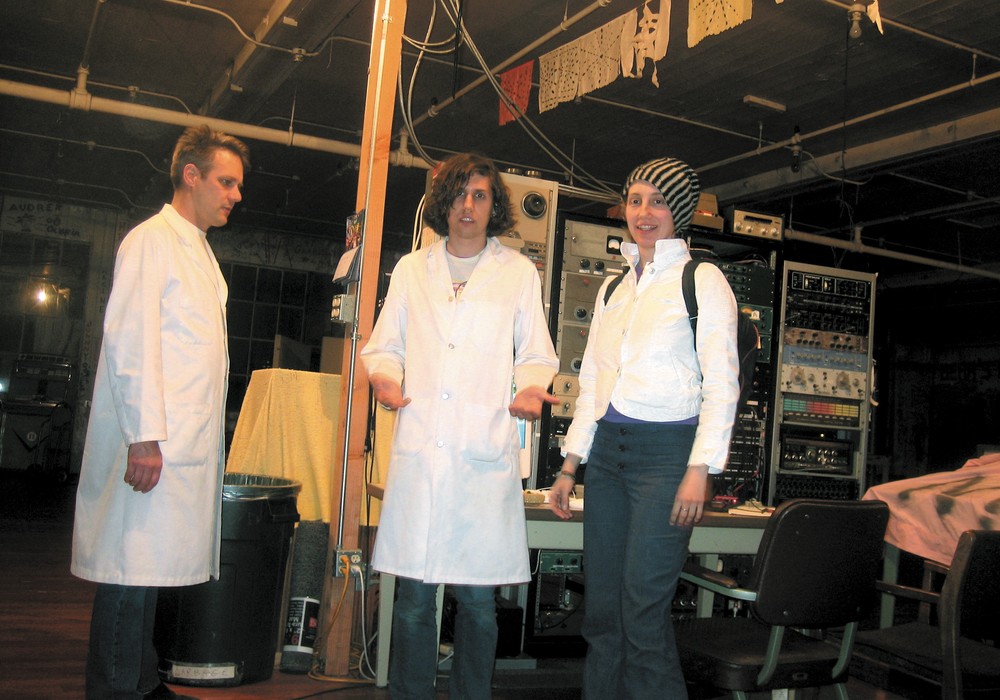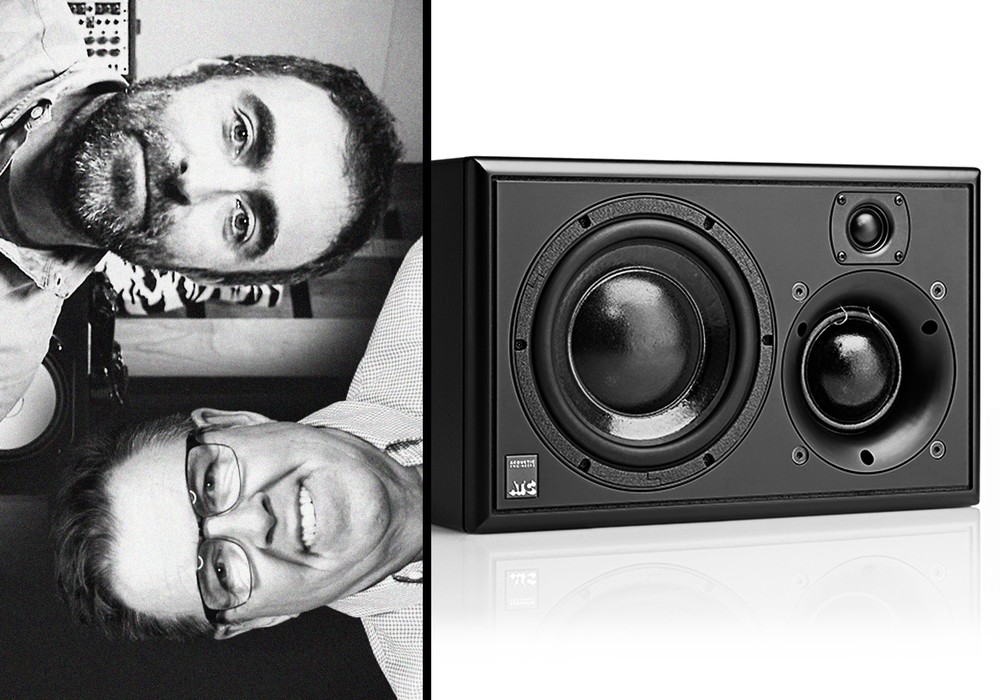Jensen Transformers was founded in 1974 by Deane Jensen as part of his quest for excellent studio sound. He believed the transformers of the era were of a substandard quality, and our field has benefitted from his research and dedication ever since. When Deane tragically passed away in 1989 he left his business to Bill Whitlock, who has maintained the level of quality ever since. This year, after decades of using their products, Peter Janis — the owner of Radial Engineering — purchased Jensen Transformers (see our sidebar interview). It was great to chat with Bill about Jensen and how transformers actually work.
How did you end up in this field?
A friend of mine, who I'd gone to school with, Steve Desper, had become the mixing engineer for the Beach Boys. He told me I should move to California and get my foot in the door of the audio business in Hollywood. It turned out that the Beach Boys had all their touring equipment built by Quad/Eight. I managed to get a consulting job after building a few pieces of custom gear for the Beach Boys. Steve arranged for me to interview at Quad/Eight, and who interviews me but Deane Jensen! He was ready to launch the transformer company — this was in 1971. He was making noises about leaving his job at Quad/Eight, because he was a system engineer and he'd just become VP of engineering. The discussion turned over to the fact that he was working on this new amplifier — a really good audio op amp — because Bud Bennett, the owner of Quad/Eight, was such a cheapskate that he wouldn't spend money on an extra transistor for the amplifiers in the Quad/Eight gear. Of course that was the beginning of his work on his 990 op amp. We started talking about slew rates and all. At the end of the interview, Deane told Bud that I was really sharp and they ought to hire me. They did, then Deane went off and started Jensen Transformers. We really didn't see that much of each other, except at the occasional AES meeting, or something. I worked at Quad/Eight for three years. One weekend, frankly, I got stoned, and I came up with this idea for Compumix. We could gather a little data from the faders and a few switches. I'd learned from telemetry work I did before on how to generate digital codes, bi-phase especially, which I thought was particularly suitable for tape recording, since it's not polarity sensitive. I made this proposal to Bud Bennett, and much to my surprise, he thought it was a good idea. I don't know how much you know about Compumix,but it was actually very successful.
Was that the one that would rewrite mix data to another track, and you'd bounce back and forth?
Yeah, that's how the original worked. It laid down the initial data on one track, and then as you did updates it would bounce the data back and forth between two tracks.
People have to understand that this is long before SMPTE timecode was lurking around.
When I explain this, people say, "But that's so simple." But think about those days! There was no such thing as a floppy disk. The densest form of logic that you could get was standard TTL [Transistor-Transistor Logic], a few flip-flops, and NAND [Negated AND logic] gates in packages. This was all built out of very small-scale integrated circuits. A lot of it was very, very analog. It's not as simple as you might think, looking back. We established some industry standards, like using the -15 dB mark on the fader as a reference point for updating. That was my idea, which apparently caught on through the whole industry. We got it to market. We affectionately called the control unit the "ironing board," because it somewhat resembled that; and the processor was called the "mailbox." The mailbox had all the VCA control channels, decoding hardware, and line amps in it. Much to my shock, Bud actually gave me a rather large bonus that year for Compumix, because it was such a financial success.
Sponsored
Behind the Gear
Behind the Gear
Jim Williams: Behind the Gear with Audio Upgrades
by Mike Jasper
Jim Williams has spent much of his 56 years working with some of the biggest names in the music business, including Frank Zappa, John McLaughlin and Stevie Wonder. He's the owner of Audio Upgrades,...
Behind the Gear
Restoring the "Holy Grail of Compressors": Behind the Scenes at the Vintage King Tech Shop
by
Vintage King co-founder Michael Nehra shares some of his love, knowledge, and practical advice for diving into the world of vintage audio gear, and then takes us behind the scenes for a walk through...
Behind the Gear
From WWII Planes to Stax Consoles: Behind the Gear with Bill Cheney & the History of Spectra Sonics
by John Baccigaluppi, Larry Crane
Bill Cheney and Jim Romney are the men responsible for keeping the amazing legacy of Spectra Sonics, a legendary, if criminally unheralded, pro-audio company alive.
Behind the Gear
Rich Williams: Behind the Gear with Burl Audio
by Larry Crane
Burl Audio, under the direction of owner/designer Rich Williams, has developed some of the best new recording equipment over the last eight years. Their mic preamps, summing amps, and control room...





_disp_horizontal_bw.jpg)


